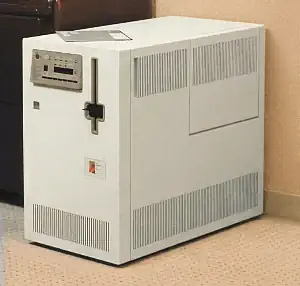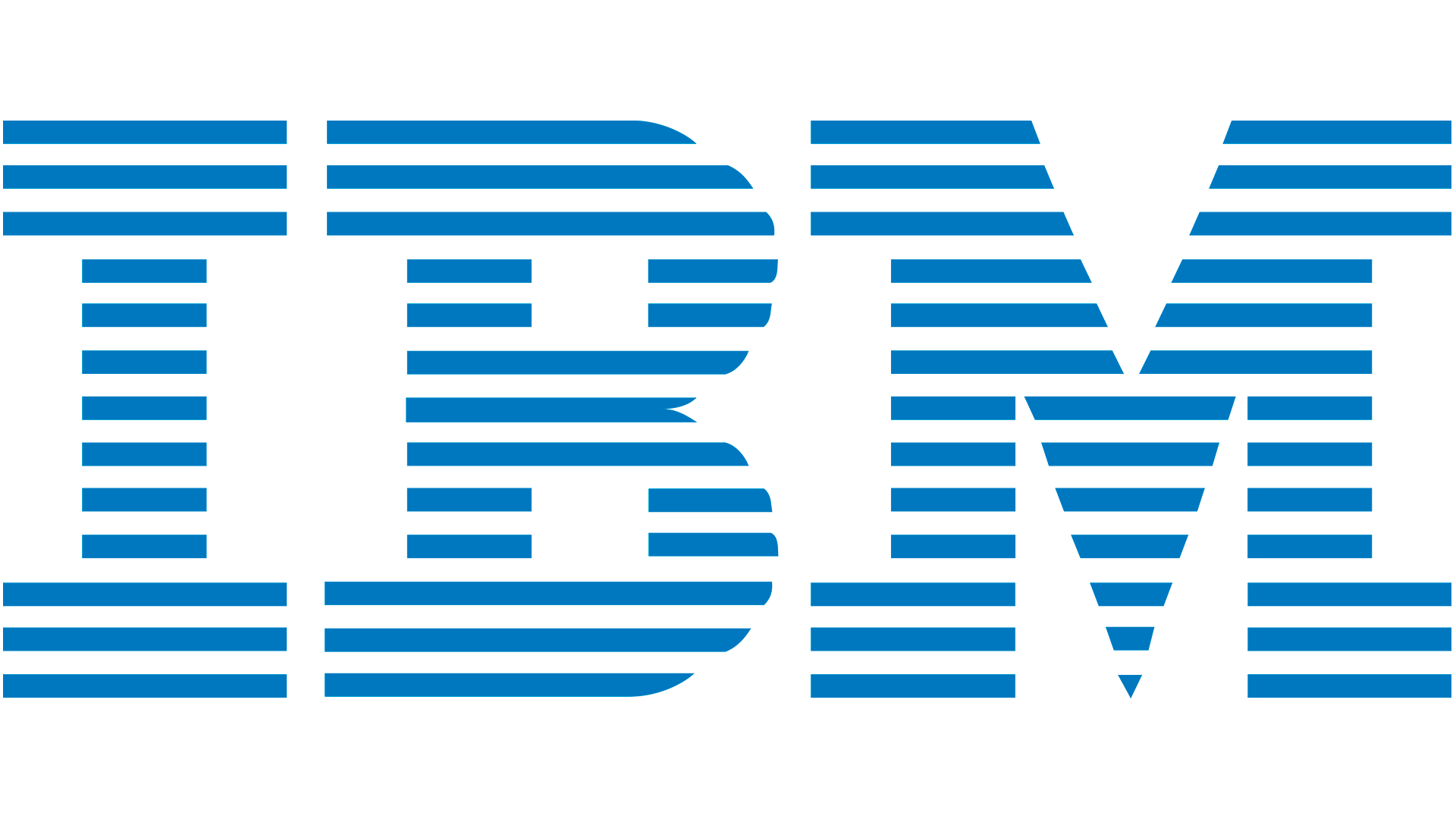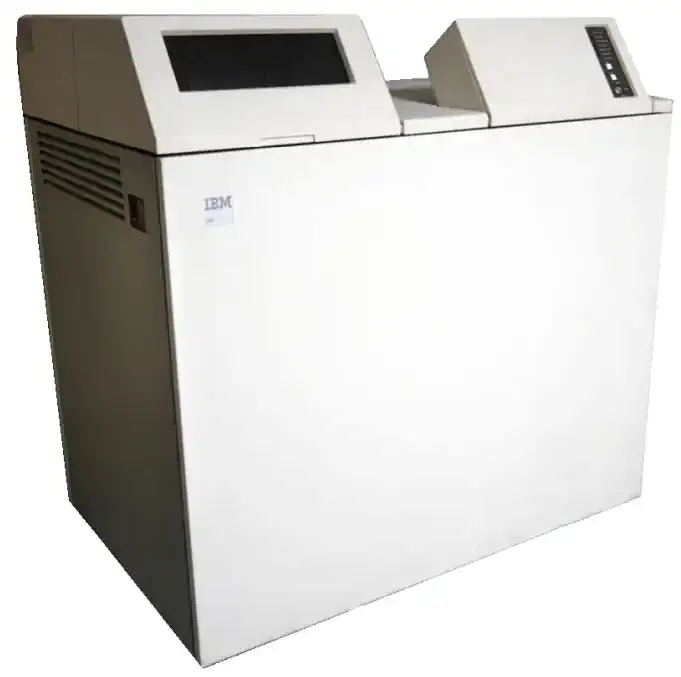IBM System/36
The IBM System/36, introduced in 1983, was a midrange computer designed to cater to the needs of small to medium-sized businesses. It was a successor to the System/34 and aimed to improve on its predecessor by offering more power, flexibility, and ease of use. The System/36 supported multiple users simultaneously through terminals, enabling businesses to streamline operations like accounting, inventory management, and customer order processing. It retained compatibility with RPG II, ensuring that businesses using earlier systems could migrate their applications and data without significant rewrites. This compatibility made it a popular choice for businesses looking for a reliable, multi-user computing environment.
One of the key features of the System/36 was its System Support Program (SSP), an integrated operating system that simplified system management. The SSP included tools for job scheduling, security management, and file handling, making it easier for users to operate and maintain the system. The hardware boasted improved processing capabilities, with support for larger memory and storage configurations compared to the System/34. It could handle up to 7.8 GB of disk storage, which was a substantial upgrade for its time. Additionally, the System/36 was designed to be modular, allowing businesses to scale their systems as needed by adding terminals, storage, or peripherals.
The System/36 remained a popular choice throughout the 1980s due to its reliability, ease of use, and strong support for business applications. However, as technology advanced, it began to face competition from newer systems like the IBM AS/400, which offered more modern capabilities and scalability. Nevertheless, the System/36 left a lasting legacy in the computing world, and its influence can still be seen in IBM’s midrange systems. Its focus on usability, backward compatibility, and multi-user support made it a cornerstone for businesses transitioning into the digital age.
System/36 5362 model
The 5362 was a System/36 model computer with a different form-factor, the first model that resembled the old large midrange computer was the 5360, and the 5362 had a much more compact form factor in the form of a deskside tower. It was designed to operate in a normal office environment, requiring little special consideration. It had a more limited card cage, and thus was capable of fewer peripherals. It used 14" fixed disks of either 30 or 60MByte and could support up to two of those. Main memory ranged from 128kByte to 512kByte.


RAM max: 7MByte Sound Chip none Sound none Display Chip none Display none Best Color n/a Graphics n/a Sprites n/a System OS MSP and CSP Storage 8" Floppy, 1-4 hard drives (30-716MB), 8809 reel-to-reel, 6157 QIC

